Saffron in India: As the spice queen, saffron once set out on its ancient journey to the land of colors, fragrances, and flavors, the Hindustan. Today, India is one of the largest producers of saffron in the world, along with Spain and Greece. In this article from Persatrading as a saffron export company (Packaged saffron or any type) we will discuss the history of Saffron in India.
Saffron in India
Poets have romanticized it and put it on the weight of words, monks have worn clothes of her majesty’s same color, princes have seen it in morning dreams, and saints and believers have worshiped it. There are many stories about golden spice saffron.
According to one, the Mongol emperor, Akbar Khan, loved the smell of saffron to such an extent that he had ordered the bathhouses of his palace to be built overlooking the saffron fields so that the wind would spread the fragrant scent of golden spice through the windows all over the palace, and freshen the air.
From the beginning, saffron has been used in some foods, especially as a seasoning in Indian celebrations – its history has an interesting story and a wide range of applications. It is known by different names in different cultures and languages, but its roots are Interestingly the same. In Hindi, it is Kesar or Zafran and in Urdu, it is Zafran or Kisar. The word saffron has its roots in the Persian word Za’feran, which means something that takes on a golden yellow color.
Saffron in India: Cultivation
Planting saffron requires special climatic conditions. In addition, the danger of the pest threatens the saffron onion and can dry it from the roots, destroying its potential multi-year yield. So saffron farming is mainly limited to Kashmir and has now started in Kinnaur, Chamba, Mandi, Kullu, and Kangra areas in Himachal Pradesh. The climate of these areas is ideal for cultivation, and the Institute of Himalayan Bioresource Technology in Palampur trains Himalayan farmers.
Fertile soil is a basic condition for saffron cultivation and mass commercial production. The second most important factor is climate weather. Saffron needs a long and slightly cool light period and dry moist soil for full and healthy flowering.
This plant is mainly cultivated in sunken and dry places, at altitudes between 1500 and 2500 meters above sea level. It requires a 12-hour photoperiod for optimal growth, which, despite its many benefits, also slows down the flowering process.
Depending on the weather, in some parts of India, the saffron corm is grown between June and July, and in some in August and September. Flowering begins in October. It needs intense heat and dryness in summer and extreme cold in winter.
It generally occurs in lands with a wide range of temperature differences. Maybe that’s why it’s called red gold; A treasure map is needed to find land from which saffron can be extracted.
Saffron in Indian Cuisine
India is famous for its variety of food and the great use of colorful spices. Many travelers and pilgrims talk about the strange experience of drowning in an ocean of aromas, flavors, and colors.
Saffron recipes for Indian desserts and sweets
Many Indian sweets and desserts have a natural and delicate taste like honey and distinctive yellow color. Do not go far; Saffron is the reason. Kesar has been used in India since it was first introduced. The most eaten desserts – Jalebi, Kesar Pada, and Rasmalai – all have the beautiful taste of saffron in their golden texture.
In the south, a popular sweet dish called Kesari Bhaat is flavored with saffron and cardamom. The mixture of saffron, cardamom, pistachios, and almonds is an old combination. This is a golden mix in which flavors complement each other well, and different desserts such as Kesar Malai Kulfi, Rasmalai, and Kesar Elaichi Shrikhand are obtained, each of which has a different taste.
Kesar’s Recipes for Drinks
Only a tiny amount of saffron can create surprises in terms of taste and color. Rich in antioxidants and nutrients, it is also used in many beverages.
Haldi Doodh is consumed at night due to its hypnotic properties and is also very effective in treating long-term insomnia. In the lemon saffron drink, saffron appears in the role of the hero and saves the heartbeat and physical strength!
Panha is a raw mango-based drink with a slight trace of saffron for beating the summer heat.
Indian Saffron Recipes
Fortunately, the quality of the Kashmiri one is high. This makes the food to which saffron is added look royal! For this reason, it is widely used in Indian cuisine. Shahi Pulao is one of these royal dishes full of spices and aromas that make the warm yellow color more attractive. The use of saffron as a condiment is not limited to Pulaos or pilafs; the combination of saffron and milk is added to the famous Indian Biryanis to give a delicate spice to your taste.
In Nawabi Kesar Kofta, in which the presence of saffron is clear from the name, tangy gravy, flavored with a paste rich in spices and nuts, with a tingling taste and consistency adds to the luxurious pleasure of meatballs.
The wide variety of flavors and aromas in Indian cuisine, and the place of saffron as a royal spice in the land of foods and colors, do not allow us to introduce them all in detail. Kesar Chawal or Indian Saffron Rice, Saffron Dill Rice with Broccoli Sauce, Punjabi Paneer Kofta, Tandoori Paneer Tikka, Motichoor Ladoo, many types of Kulfis, Kesar Coconut Mawa Barfi, Kesar Pista Biscuits, etc. are just a few drops in the ocean.
Nowadays there are different types of saffron like Sargol saffron, White saffron, Super Negin saffron and the golden spice continues to travel far and wide between textures and fragrances on its journey, and with the pure mood that it gives to the soul and heart, it opens its place between tastes and smells.
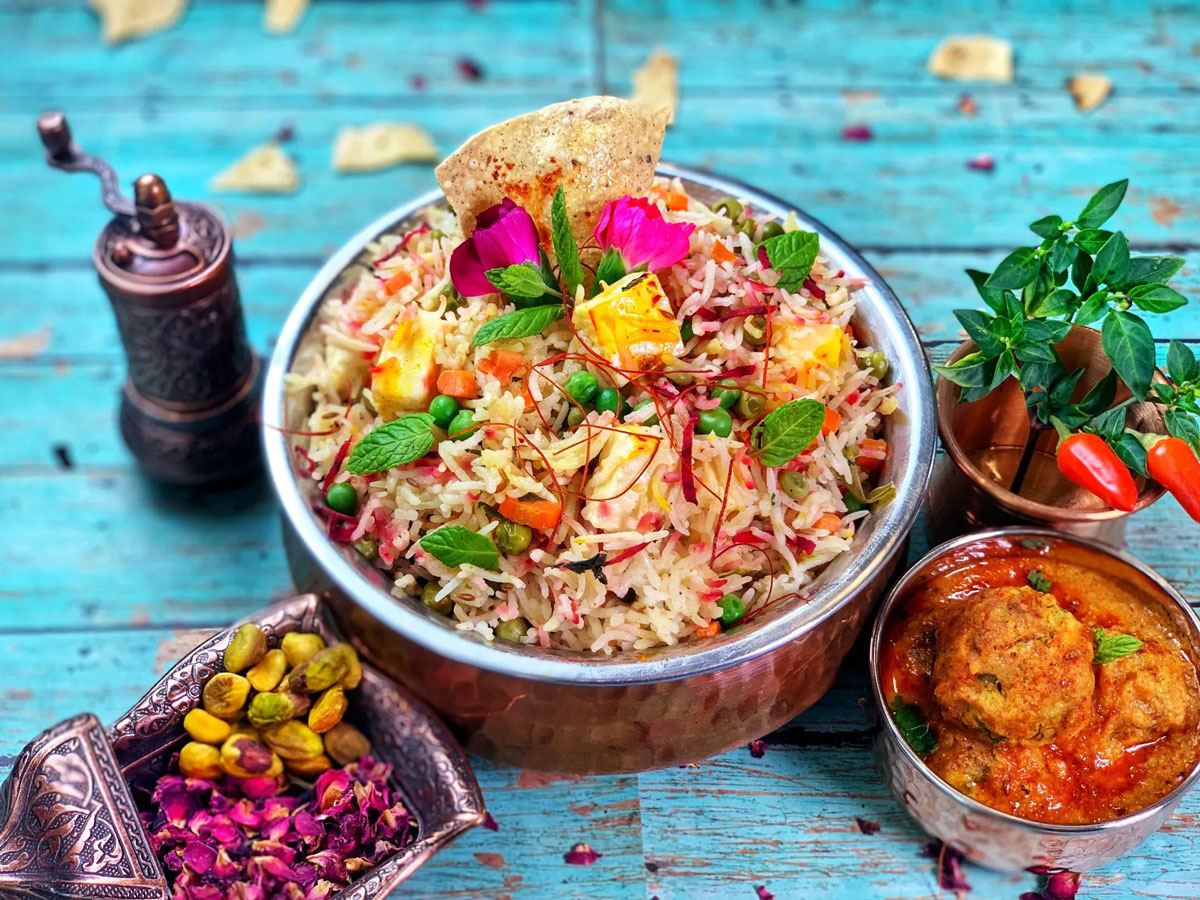
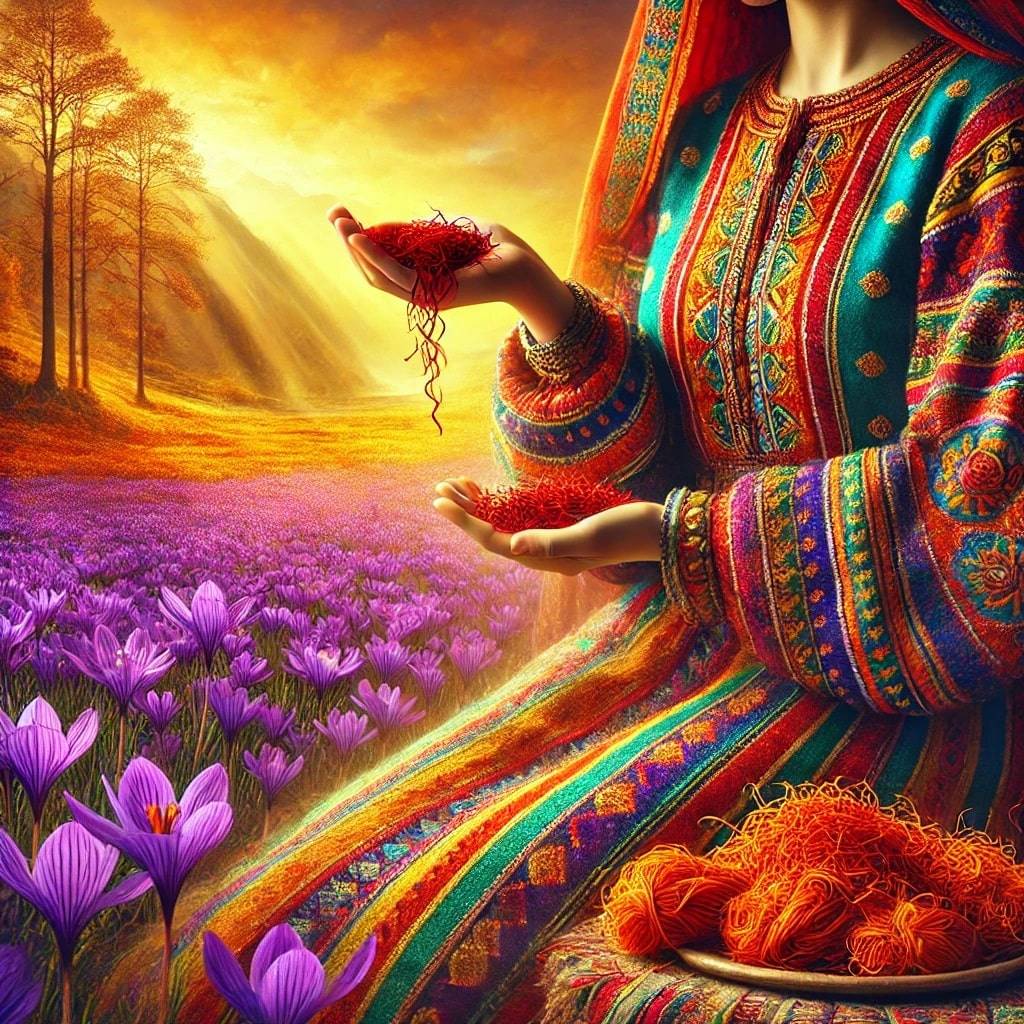
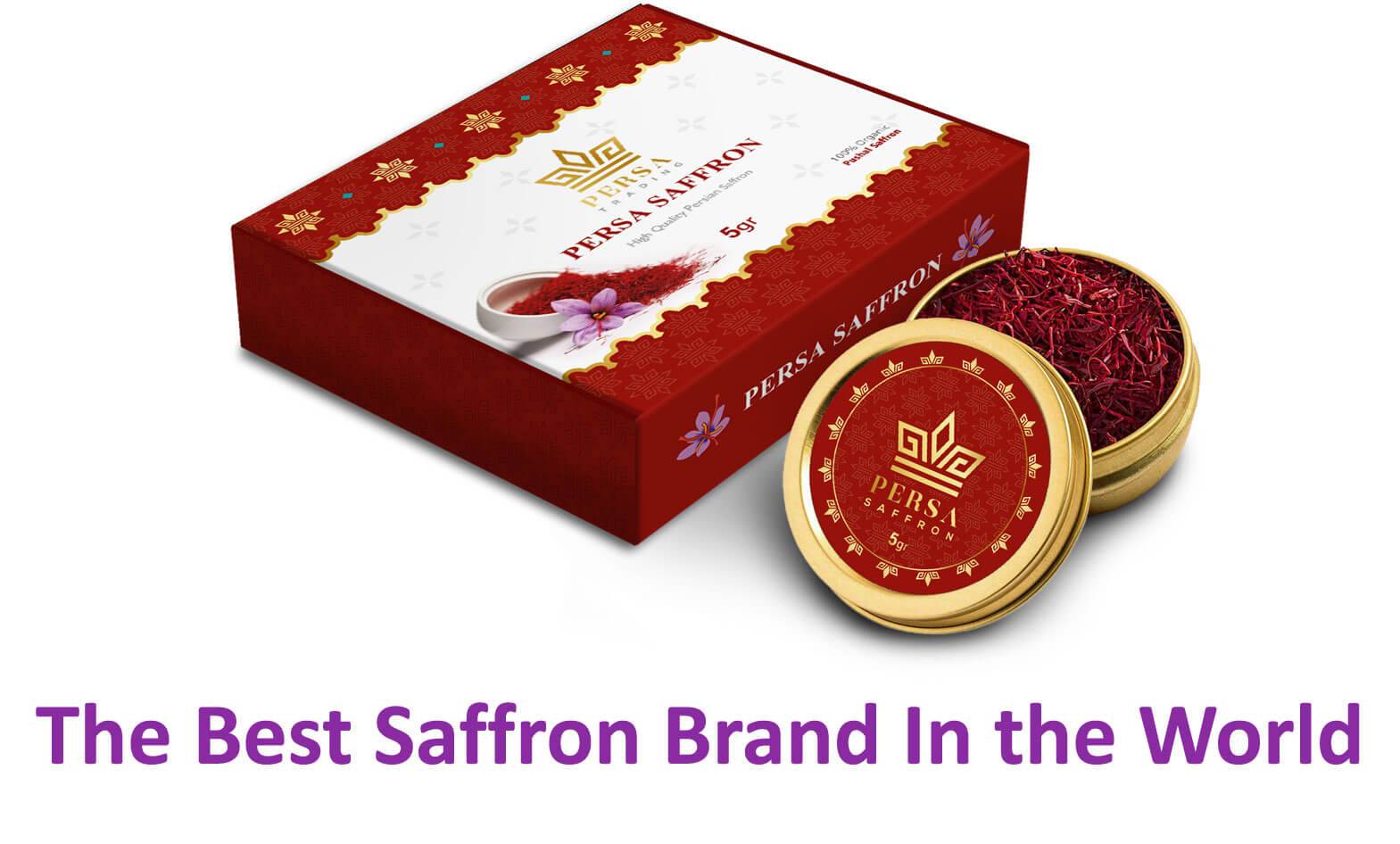
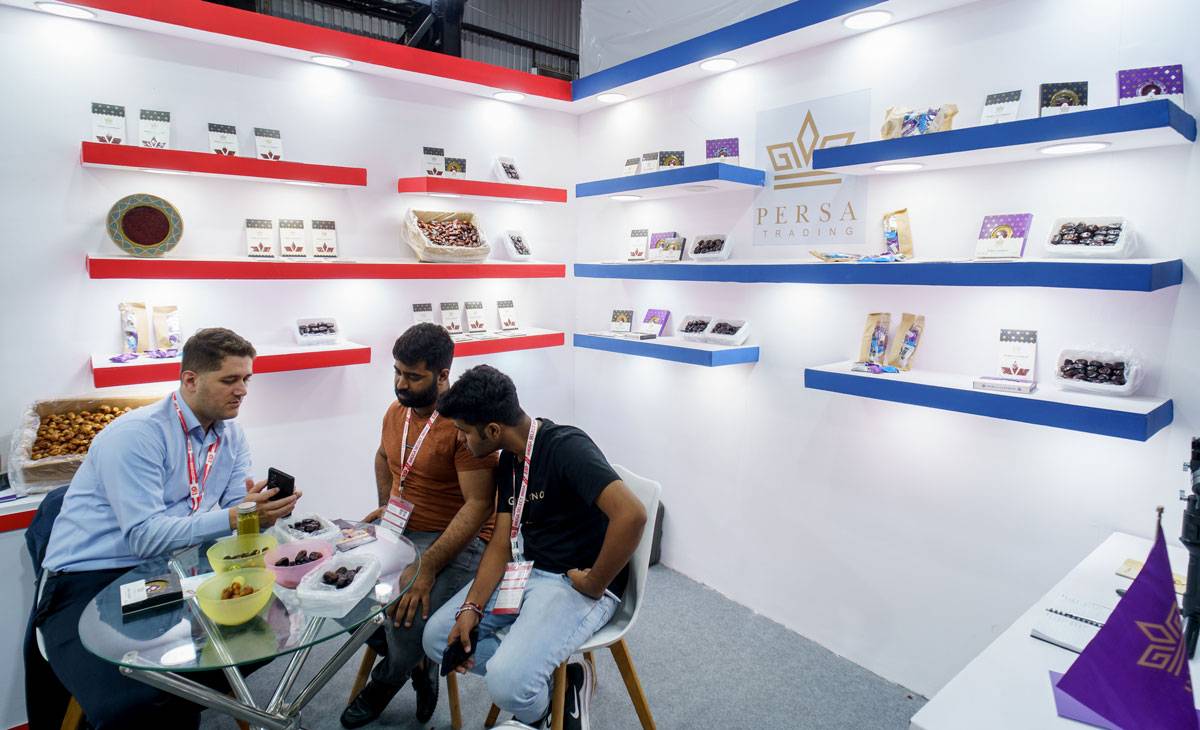
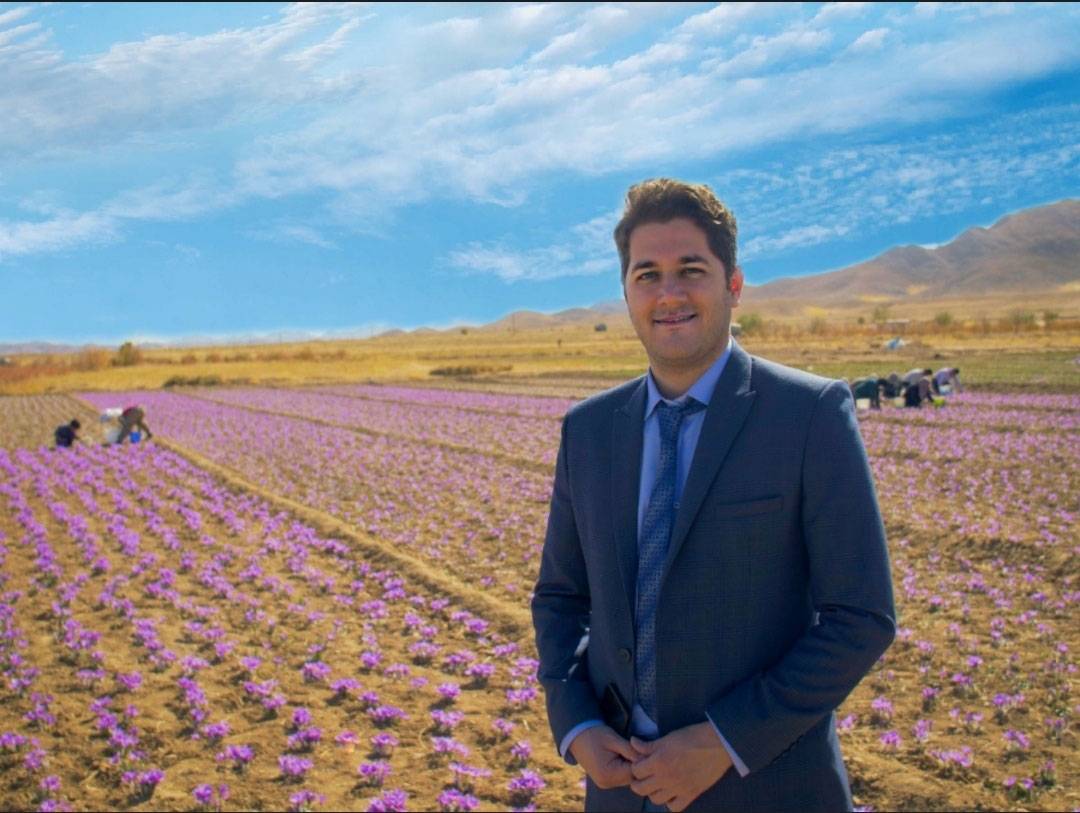
Haseem S.
Salamon Alaykum sir,
Interested in sourcing premium saffron from India for our gourmet store. Can you provide pricing details for bulk orders and shipping information?
Mohd K.
Salam,
Considering saffron for our restaurant. Can you provide more information about the specific saffron varieties used in Indian cuisine?
Manish
Exploring unique spices like saffron for our international market. Can you provide guidance on storage conditions to ensure saffron’s longevity?